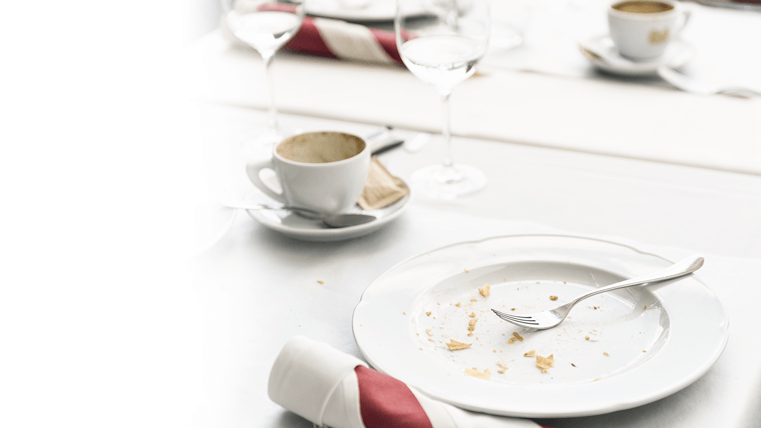
Diarrhoea Advice - Food
Many people can be sensitive to certain foods which can cause diarrhoea. Find out recipe tweaking ideas and eating tips from IMODIUM®.
You are what you eat
What you eat and how you eat are important to maintaining good digestive health. Everyone’s digestive system is different, so diarrhoea can be triggered by a range of foods. Recent research has found that rich and spicy food like Indian and Chinese topped people’s lists of what they believed to have caused their diarrhoea. This doesn’t mean that those with a sensitive gut have to miss out. There are a few things you can do with your diet to help manage diarrhoea, from keeping a food diary and making sure you eat enough fibre, to avoiding problem foods or tweaking your favourite recipes to minimise the impact on your tummy.
How fibre can help
You might not know it, but there are two types of fibre: soluble and insoluble. Soluble fibre is found in most citrus fruits and vegetables such as potatoes and beans. These can help with both diarrhoea and constipation, as it absorbs water so makes stools firmer if you have diarrhoea.
Insoluble fibre is found in bran, whole grain, rice and the skins of some fruit and vegetables. It can be helpful with constipation, but can make frequent diarrhoea symptoms worse. This doesn’t mean you should avoid insoluble fibre if you have diarrhoea. Just try to keep an eye on what you eat and learn what works for you.
Keep a food diary
Everyone is different. What might be a diarrhoea trigger for one person could be fine for another. Working out what your trigger foods are, can help you manage your digestive health and avoid diarrhoea. Get a notebook where you can write a page for each day, and keep track of everything you eat, including the smallest snacks.
Here are some tips for keeping a food diary:
- Write down everything, including condiments, seasoning and drinks if possible.
- Write down your stress level on the day. You’d be surprised how it can be a factor.
- Look out for patterns in ingredients. Pasta, pizza and certain sandwiches are different meals, but all contain wheat.
- Start broad, then focus on ingredients. Firstly become aware of your problem foods. Then try to work out which individual ingredients are causing you issues.
- Think long term. You may not notice a pattern immediately, but over time, patterns will emerge and you can raise them with your Healthcare Professional.
Breaking down problem meals
Eating pasta with tomato sauce might cause a bout of diarrhoea, but you still won’t know for sure which ingredient is causing you problems. To find out, try eating pasta without tomato sauce and vice versa. That way you will know for sure which is the problem ingredient.
It’s not just what you eat, but how you eat it
When eating a meal, try to slow down - it takes 20 minutes for your stomach to tell your brain that it’s full, so eating more slowly means you’re likely to end up eating less. When you gulp down food, you often end up swallowing air too which can lead to trapped wind and uncomfortable indigestion.
Ask IMODIUM®
IMODIUM® has been helping diarrhoea sufferers globally for 40 years. Get quick answers to common questions and advice on key diarrhoea related topics.
Where to buy
IMODIUM® is available from supermarkets, pharmacies and online.


